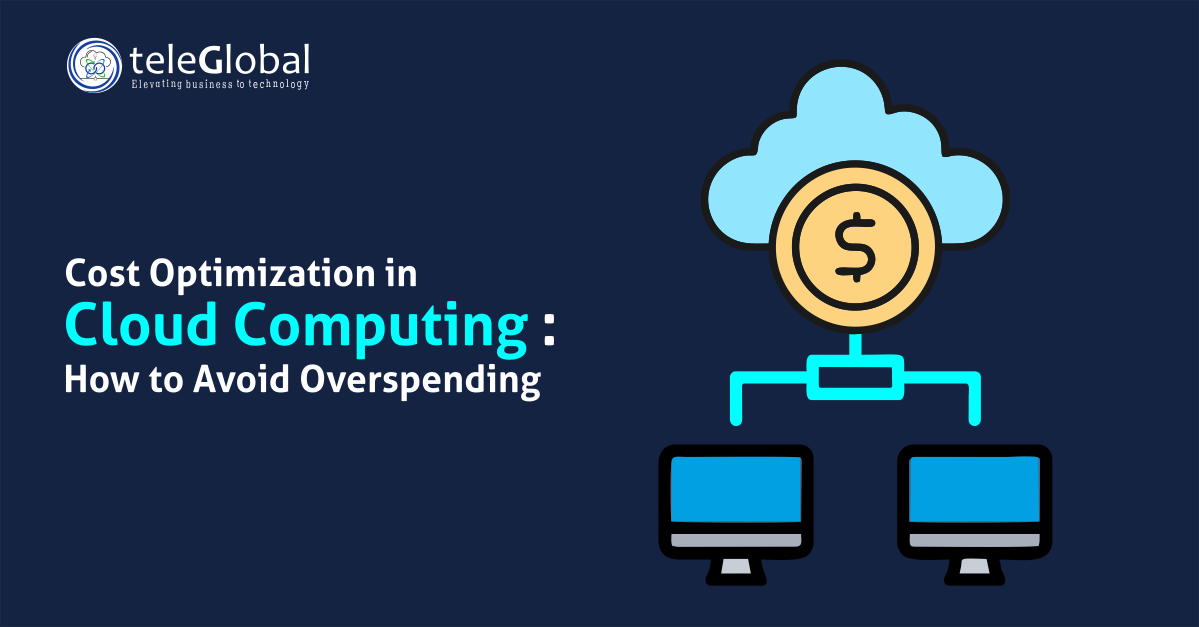
| Author: Abhinita Singh | Published: 29-Apr-2024 |
Cloud computing has become an essential part of business operations; it fuels growth, but without smart cost control it can quickly drain budgets. Without a well-structured cost optimization strategy, cloud costs can skyrocket, reducing the financial benefits that cloud computing offers. Using advance and smart cost saving strategies help control cloud spending while supporting growth. This is where FinOps (Financial Operations) comes in a cultural and operational framework that helps engineering, finance, and business teams collaborate on cloud cost management. This guide will show you how to manage cloud costs effectively, maximizing efficiency and scaling smarter.
According to Precedence Research, the global cloud computing market is expected to reach $912.77 billion by 2025, while Gartner estimates end-user spending to hit $723.4 billion. Spending on cloud services is projected to surge by 21.5% globally in 2025 compared to the previous year, driven by the ongoing trend of cloud adoption. This boom highlights why businesses need smart cost-saving strategies to avoid overspending and make the most of their cloud investments.
A combination of visibility, automation, right-sizing, and building a cost-conscious culture leads to the most effective cloud cost optimization.
Now, let’s dive into actionable strategies that will give you clear visibility into your cloud spending and help you stay ahead of potential overspending. Here are some essential steps:

Begin by getting a clear picture of how much is your current cloud usage. Use built-in tools like AWS Cost Explorer, Azure Cost Management, and Google Cloud Billing Reports to monitor and review your expenses. These tools allow you to track your usage, break down costs by service, and identify potential savings opportunities.
Aligning finance and technical teams helps ensure shared responsibility for cloud costs, leading to better visibility and accountability.
Set up budgets and automated alerts using tools like AWS Budgets, Azure Cost Alerts, or Google Cloud Budgets to catch anomalies early and prevent budget overruns before they become major issues.
Cloud providers offer multiple pricing options:
By understanding your workload needs, you can choose the appropriate pricing models to reduce costs. Tools like AWS Cost Explorer and Google Cloud’s Pricing Calculator can assist in making these decisions
Avoid overspending by aligning resources with your actual workload needs. Use optimization tools like Google Cloud, Azure, or AWS Trusted Advisor for personalized optimization recommendations. Continuously monitor and adjust your resource allocation based on real-time data to avoid paying for unused capacity.
Cloud storage costs can add up fast. To save money, use lower-cost storage options like AWS S3 Infrequent Access, Glacier, or Azure Blob Storage Tiers for data you don’t need often. Also, regularly review and delete old or unused files to avoid paying for unnecessary storage.
Use auto-scaling tools like AWS Auto Scaling, Azure Virtual Machine Scale Sets, and Google Cloud Instance Groups to dynamically adjust resource allocation based on demand. This allows you to handle peak workloads efficiently while minimizing costs during off-peak times.
Schedule automated shutdowns for non-production environments (e.g., development, testing) to avoid unnecessary costs. Additionally, automate scaling for workloads based on actual demand and terminate idle resources promptly.
Data transfers between different regions or zones can add significant costs. Using Content Delivery Network (CDNs) like AWS CloudFront, Azure CDN, or Google Cloud CDN helps by delivering content closer to users and reducing transfer fees. It’s important to monitor cross-region traffic, as it can impact both performance and your budget
FinOps Practice: Regularly review your cloud architecture to optimize for data locality and minimize expensive network charges.
Monitor both the costs of outbound data transfers and the costs of internal service communication. Tools like AWS Cost Explorer and Google Cloud Billing Reports can help identify hidden network costs and provide insight into optimization opportunities.
Set up guidelines for managing resource provisioning, usage, cost tracking, and reporting. Ensure that your governance framework includes best practices for cloud cost control. Regular audits and policy updates help keep your cloud environment efficient and secure.
FinOps Insight: A strong FinOps framework ensures that all teams are accountable for cloud costs, making cost optimization a team effort.
Build a culture where developers, architects, and project managers understand the financial impact of their technical decisions. Providing training ensures that cost-consciousness becomes an integral part of your organization’s day-to-day operations.
For high-volume or long-term cloud usage, negotiating with cloud providers can lead to significant savings. Consider these strategies:
By coming prepared and knowing the right programs, you can secure better pricing and reduce cloud spending.
As the cloud landscape continues to evolve, new trends and technologies are emerging that can reshape your cost optimization efforts. The following are examples of significant advancements:
AI uses machine learning to forecast usage, automate resources, and prevent overspending in cloud cost management. These intelligent tools help businesses optimize their cloud resources in real time, ensuring cost efficiency while maintaining flexibility.
Serverless architectures, like AWS Lambda and Azure Functions, allow businesses to pay only for the compute time they use, offering a flexible and cost-efficient option for many workloads. By eliminating the necessity for server management, serverless computing can substantially reduce expenses.
Data processing near the edge, or closer to the source, is growing in popularity as edge computing gains traction. This reduces latency, improves performance, and can lower data transfer costs by minimizing the need to move data across the network.
A new trend gaining momentum is the rise of managed cloud cost optimization services, known as Cost Optimization as a Service (COaaS). These services use expert knowledge, AI tools, and automation to continuously monitor and optimize cloud usage and spending.
As organizations prioritize sustainability, cloud providers are introducing features that allow businesses to monitor and optimize energy usage and carbon emissions related to cloud resources. Adopting green cloud practices can reduce costs while contributing to global sustainability goals.
Cloud success isn’t about scaling up; it’s about spending smart. Cost Management in the cloud is a continual process that calls for regular review and adjustment. By strategically using the right tools, selecting cost-effective resources, automating processes, and building a culture of cost-consciousness, businesses can keep cloud expenses under control while maximizing the benefits.
Leveraging emerging trends like AI-driven optimization and COaaS ensures sustainability, while FinOps practices provide the necessary financial accountability. With a strategic and proactive approach, organizations can scale efficiently and unlock greater value from their cloud investments. Don’t let cloud costs spiral out of control, take charge today! Connect with experts for effective cloud cost optimization and smarter, more efficient growth.
